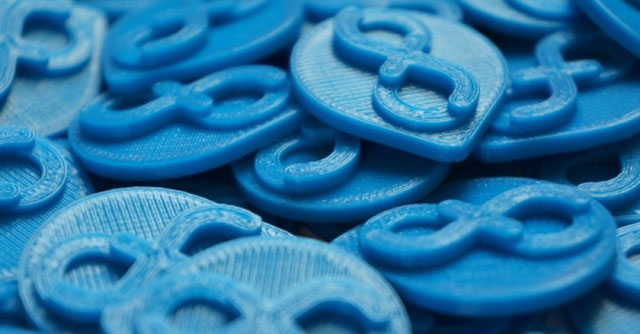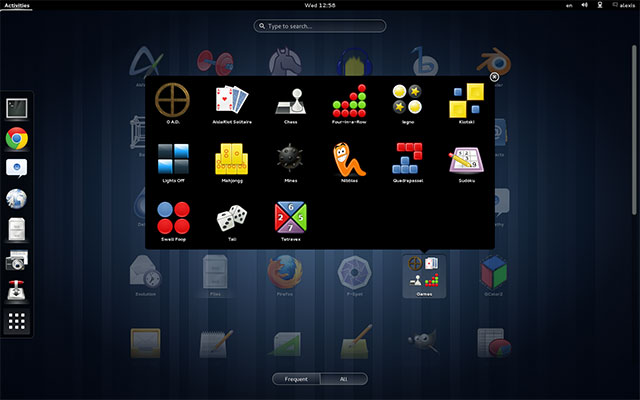Fresh on the back of the backing of 3D printing by Microsoft last week, with their announcement that a 3D Printing SDK will be included in the pending Windows 8.1, a popular Linux operating system, Fedora, has announced 3DP support, and already gone live with the update.
Linux, for unfamiliar readers, is the world’s third most popular breed of operating system, after monolithic Windows and Apple’s OS.
Whilst Linux sounds of little impact quantitatively, with just 1.28% of global share of desktop operating system usage as of June 2013, it is hugely popular with programmers, opensource enthusiasts and those inclined towards home made innovation and initiative. Sound similar to home 3D printing?
Initiating from forum discussions at the very start of the year, the suggestion to embrace 3D printing applications was made, and clearly taken up:
‘ReplicatorG is widely used by the 3D printing community. Do you think it would make sense to add it in the list of applications? —Comzeradd (talk) 14:23, 31 December 2012 (UTC)
Thought it is obsoleted, but if you are using it, we can definitely add it. Want to help? —Churchyard (talk) 14:39, 2 January 2013 (UTC)’
[ http://fedoraproject.org/wiki/Talk:Features/3D_Printing ]Contextualising this news a few different ways, here’s how the software adoption picture has changed within the past two weeks:
Two of the three most popular operating systems now have iterations which support 3D printing. Apple, the remainder, may be now reasonably speculated as in a catch up position. Apple’s marketing approach means that we will have no clear picture upon if and when the corporation which recently earned the title of largest company in world history will join the club, but for any potential information leaks.
The acquisition of MakerBot by Stratasys creates a three horse race for lead position in home 3D printing: the world’s two largest 3D printing corporations (3D Systems being Strasys’ main rival) and the RepRap opensource evolutionary tree. Few other 3DP’s make the atlas when viewing from the scale of the size of the market share of these factions, let alone the the page.
The announcements of operating system support creates two easy plug-and-play foundations, as Windows and Linux.
It will be interesting to see how this affects the plug and play advantages claimed by botObjects, the recently announced ‘world’s first’ full-colour home 3D printer; Pirate3D’s recently Kickstarted super-cheap Buccaneer; and other recent software creations by small 3D printer manufacturers seeking to break the ease-of-use barriers.
Positively, attacking the usability problem from all angles: hardware, software, operating system, could mean that accumulatively the optimal solutions appear, albeit with many iterations and angles.
For the home 3D printer end user the limited number of widely used software varieties and versions, among limited widely used manufacturers of hardware ultimately may mean file version compatibility problems and the now usual by-products of a competitive, heavily copyrighted, technological marketplace are skipped over quickly?




